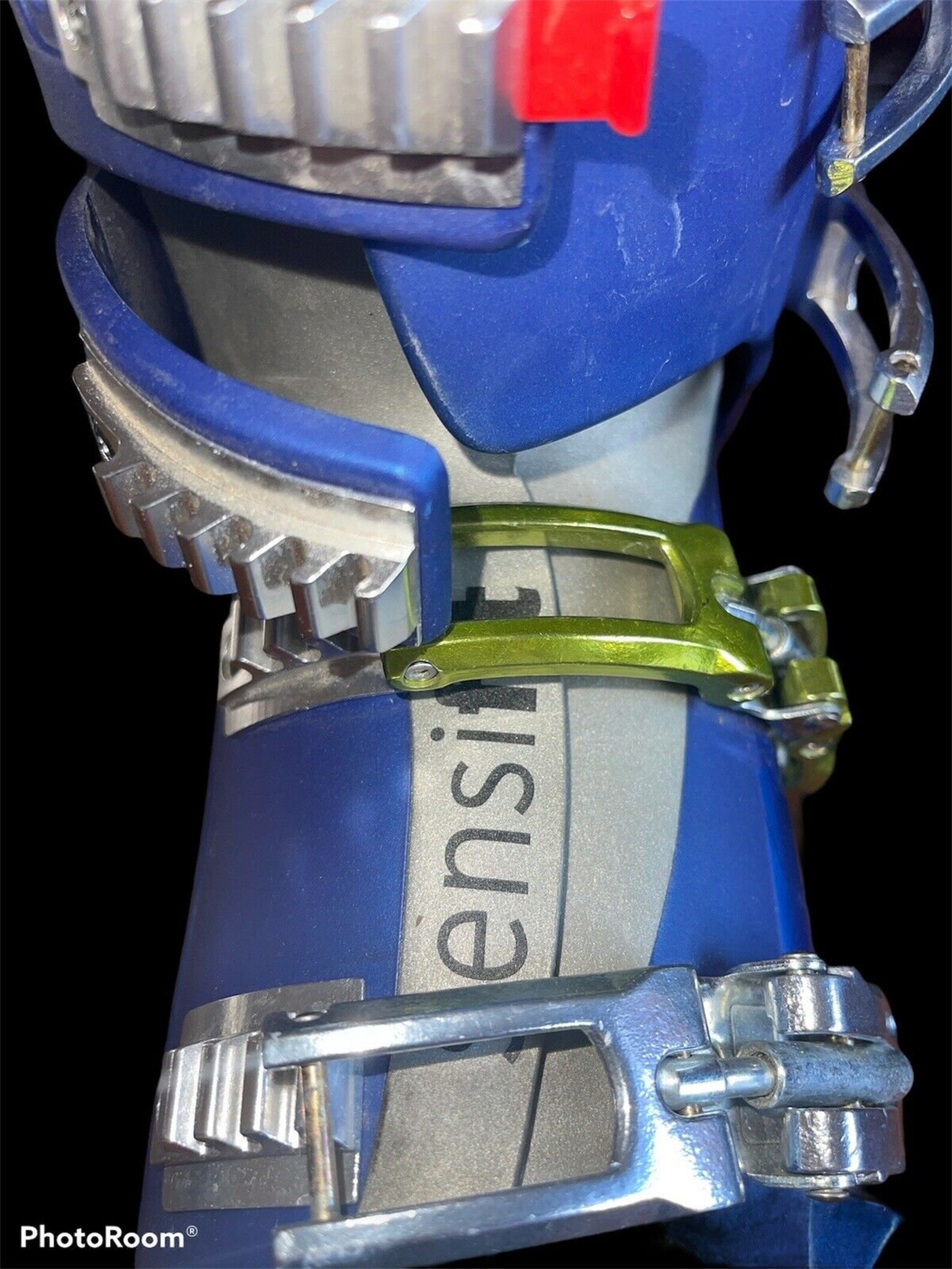
SALOMON XWAVE 8 SKI BOOTS REVIEW PRO
The lighter weight and flexibility are positive attributes and I will get more control from this boot, especially laterally then from the old one, so I don’t have to buy a resort only boot.Ģ) The QST Pro boot can not be skied safely in ISO 5355 bindings with the AT soles? – If this is the case, then on occasion, maybe 12 times, I could swop to AT soles and rent/buy AT skis. I am climbing a fair amount in the resort and side country and I hope to get some real touring in the the 2018_19 season.ġ) I expect this to be my new resort boot for some time. I am more of a finesse skier than a charger. It served me well but it is done and I need a new boot now. I am 65, my current boot is a 2007 Salomon XWave 100 flex, bought when I was just getting serious about skiing. Could you confirm my logic for buying it and my understanding of sole compatibility please? I have tried the 120 at a store and it fits very well, but I think I would prefer the flex of the 130. I have read the review and the 101 on bindings, I am planning on buying this boot, it will be my first 50/50 boot. So I think you probably should take a look if you’re really putting a premium on stability at speed in variable conditions - and especially if you’ve ruled out the Cochise 130 (for which I found the rearward flex to be stiff enough for this sort of skiing). I also found it to be a problem when airing into rough firm snow (minor mogul fields).Īnd, while I haven’t skied the Lange Freetour, our reviewer Paul Forward has never mentioned any such issue with the rearward support of those boots. This was most prevalent when speeding across smooth, firm snow, then suddenly encountering rougher firm snow – i.e. I.e., when off balance, the rear of the boot gave way and further compromised my stance and balance, and I’ve never had this trouble in boots that have stiffer rearward flexes. However, when getting bucked off balance in firm, variable conditions, I found that the softer REARWARD flex of the QST made it quite difficult to recover. Generally speaking, I don’t pressure the rear cuff as part of a normal skiing stance (perhaps when loading up the tails at the end of a carve). However, the REARWARD flex of the boot gave me some problems. I found that the FORWARD flex of QST, while softer than other 130-flex boots, was adequate for skiing aggressively in these conditions. My experiences in skiing this boot very aggressively are in firm, variable conditions (I didn’t ski it in powder conditions). And we found the heat-moldable, customizable shell to make for an easy fitting process. So if you appreciate a smooth, forgiving flex and find that the QST’s tongue design works for you, then the QST Pro 130 would be a good choice for someone looking for a lightweight boot for use inside or outside of the resort. It isn’t the most powerful crossover boot on the market, but its low weight is what really puts it in a class of its own. It’s a very lightweight boot with a smooth flex that works with both alpine bindings and tech bindings. The Salomon QST Pro 130 is a unique design that occupies a niche that we think a lot of skiers will appreciate. The walk mode has been problem-free, and expect that to continue since it’s taken from the MTN Lab - a boot we’ve spent a lot of time in without issue. None of us has noticed excessive wear or damage to the QST Pro 130. They won’t wear out like velcro, are quick to tighten before heading downhill, and they’re just as quick to loosen before heading back up for another lap.

The camming powerstrap is probably our favorite part of the buckle configuration. While two buckles on the lower shell may not be entirely necessary, we have nothing bad to say about them. It even has a placement ladder to hold the buckle when touring so that it won’t flap around. The powerstrap is placed high enough to create a solid connection between the tongue and the shin, and the wide buckle on the upper cuff does its job well. We’ve been impressed by the buckle layout of the Salomon QST Pro 130. So don’t plan on swapping them back and forth very often depending on your particular plans for the day. Given this, they are not designed to be swapped out frequently - Salomon only recommends 13 swaps over the life of the boot. The screws that hold the boot soles in place are simple wood screws that fasten directly into plastic. And the tech-compatible soles are “MNC” compatible as well.

So if you wish to use pin-style “tech” bindings, you can swap out the sole blocks. The Salomon QST Pro 130 comes with DIN sole blocks that are compatible with all alpine and frame-style touring bindings on the market.


 0 kommentar(er)
0 kommentar(er)
